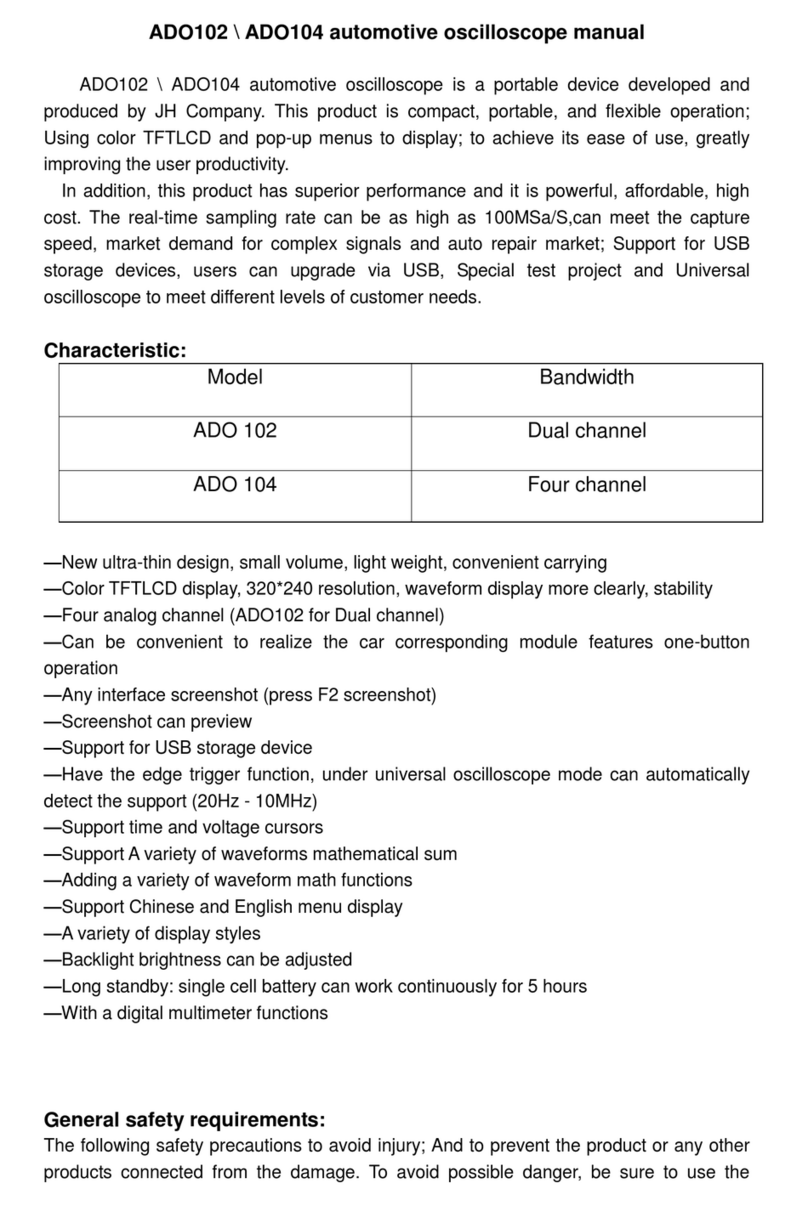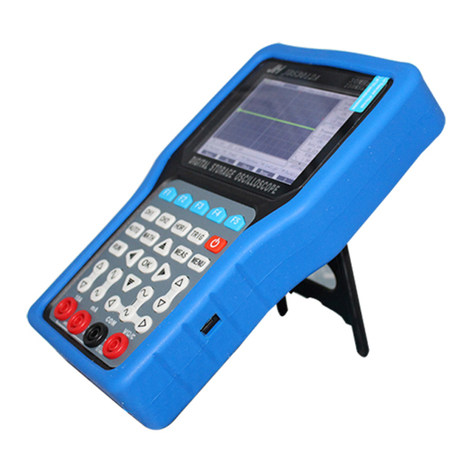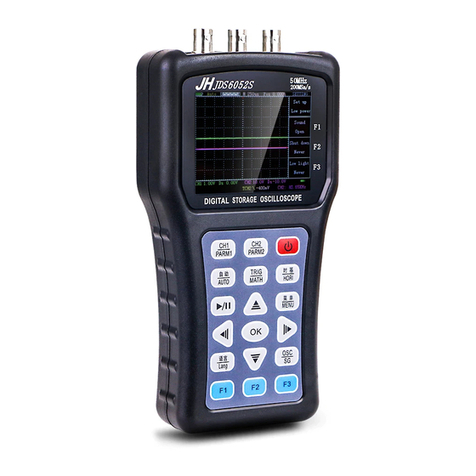
Exterior:............................................................................................................................. 3
Main interface:.................................................................................................................. 4
ignition: ............................................................................................................................. 4
sensor:............................................................................................................................... 6
Actuator: ........................................................................................................................... 7
bus:.................................................................................................................................... 8
Auto repair kit: ................................................................................................................ 10
Load test:......................................................................................................................... 11
Oscilloscope: ................................................................................................................... 12
Channel 1: ............................................................................................................... 13
TRIG:........................................................................................................................ 14
HORI ........................................................................................................................ 15
Ruler:....................................................................................................................... 15
MENU ...................................................................................................................... 16
Factory reset and self-calibration:........................................................................... 17
Parameter display:................................................................................................... 18
multimeter: ..................................................................................................................... 19
Set up: ............................................................................................................................. 20
Smart trigger: .......................................................................................................... 20
Screenshot preview:................................................................................................ 20
Waveform browsing: ............................................................................................... 21
Parameter Description: ................................................................................................... 22































